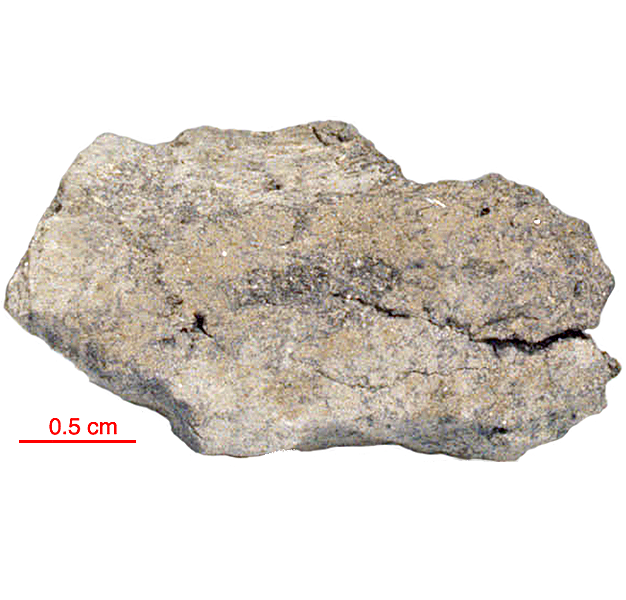
Fact sheet
15125 is a pyroxene-phyric basalt, with numerous skeletal pyroxenes and some olivine embedded in a dark, cryptocrystalline matrix (quench texture). The composition and texture of 15125 are similar to that of larger sample 15597. The specimen contains about 50% skeletal olivine and pyroxene crystals set in a wholly crystalline groundmass. The groundmass consists of spherulitic alternating plagioclase and pyroxene needles in a feathery arrangement. The pyroxene phenocrysts are highly zoned. Accessories include ilmenite and metallic iron.
The sample weighed 6.5 grams before analysis. It has not been dated.
Further details of this and other Apollo samples are here: http://curator.jsc.nasa.gov/lunar/
The mounting resin of this thin section has deteriorated over time and now contains clusters of colourful dendrites around the thin section.
The Apollo 15 landing site was in the Apennine Highlands, and close to Hadley Rille — a long, narrow winding valley. Approximately 76 kg of lunar material, including soil, rock, core-tube and deep-core samples, were returned to Earth.
This mission was the first flight of the Lunar Roving Vehicle which allowed the astronauts to venture further from the Lunar Module than in previous missions. During three periods of extravehicular activity, or EVA, on July 31st, and August 1st and 2nd, Scott and Irwin completed a record 18 hours, 37 minutes of exploration, travelling 17.5 miles, in the first car that humans had ever driven on the Moon.
Apollo 15 was launched on 26 July 1971.






